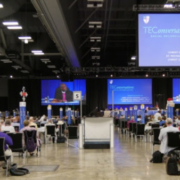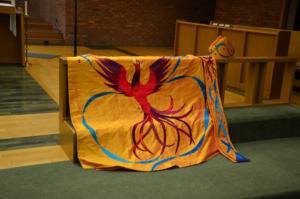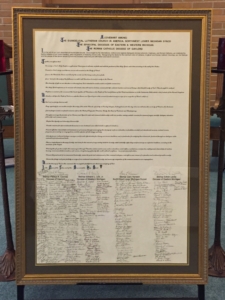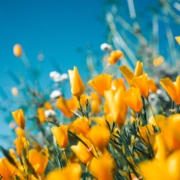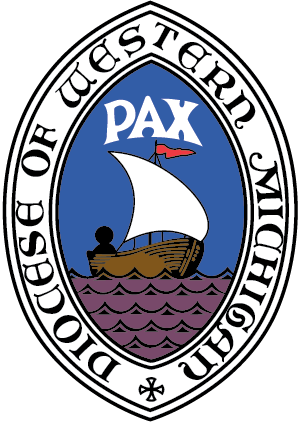Progressive Mission Trip
We Are Beloved Community – July 7-13, 2022
“Will you seek and serve Christ in all persons, loving your neighbor as yourself?”
This summer, Episcopal high schoolers will join in a journey of pilgrimage and discovery. We’ll pray together and consider the meaning of our Baptismal Covenant and Jesus’ teachings. We’ll serve in ministries that bless others and show God’s love. We’ll learn more about what God calls us to do. We’ll sleep in four different churches and serve in four different communities in Michigan and Ohio.
Each day includes time for fun, time for service, and time for small groups to debrief about the day’s events. We’ll also make a special outing to Cedar Point towards the end of the trip and an afternoon of hiking in Hocking Hills State Park!
This mission trip — led by Regional Youth Missioners Jeff Brown, the Rev. Radha Kaminski, and the Rev. Joel Turmo — is open to high schoolers in the Episcopal Dioceses of Eastern and Western Michigan. Please read below for more information and to register.
We hope you will join us for this wonderful opportunity to serve God’s people, enjoy God’s creation, and meet other high school students around and beyond our two dioceses. Join us on the journey!
Please contact Regional Youth Missioner Jeff Brown with any questions – jbrown@eastmich.org or jbrown@edwm.org.
COVID SAFETY
In order to keep our community safe and healthy during this overnight event, proof of COVID-19 vaccination (at least two shots) or a negative PCR test within 48 hours of arrival is required. A COVID-19 rapid test will be completed upon arrival and daily temperature checks will be taken.
SCHEDULE
DROP-OFF
Thursday, July 7th
Arrival Window: 5-7pm
Drop-off and Pick-up location:
St. Andrew’s Episcopal Church

1025 3 Mile Rd NE
Grand Rapids, MI
standrewsgr.org
A more detailed itinerary will be provided closer to the trip as finalizing details of site visits are still in process.
REGISTRATION
Much of the cost for this event has been subsidized by the diocesan youth ministry budget and the generosity of our host sites. Participants are asked to pay $100/person.
If the cost would prevent you or your child from attending, please first contact your parish to inquire about financial assistance. Additional scholarships may be available — please contact Jeff Brown to inquire.
The registration deadline is June 22.



